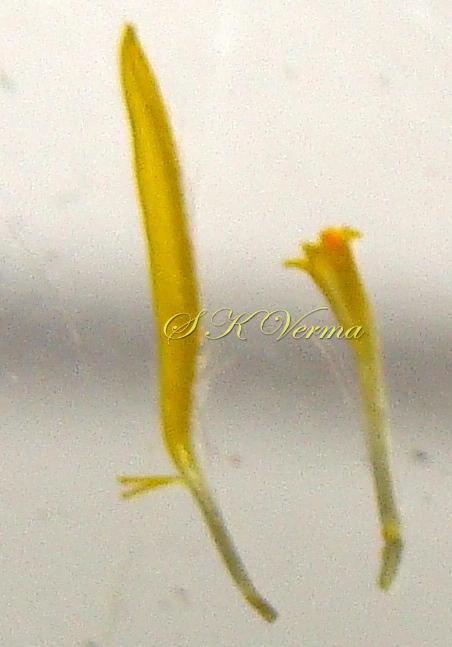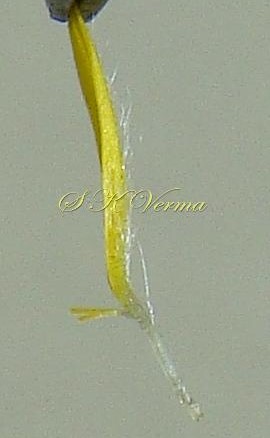PULICARIA
Pulicaria
Gaertn., Fruct. Sem. Pl. 2: 461. 1791; Parker, For. Fl. Punj. ed. 1: 291. 1918 (Reprint 1973); Fl. China @ eFloras.org 20-21: 825; Preston, Fl. North Amer. @ eFloras.org 19-21: 471.
Annual or perennial, usually villous or woolly herbs or shrubs. Stem not winged. Resin canals absent. Leaves alternate, usually sessile, often amplexicaul; rarely petiolate, leaf blade margins entire or +/- dentate to serrate. Capitula heterogamous, radiate or disciform, or homogamous discoid, in corymbiform, racemiform or in paniculiform arrays. Involucres hemispheric, campanulate or obconic; phyllaries persistent, reflexed in fruit, few-seriate, subequal or unequal. Receptacle flat or subconvex, epaleate, pitted. Ray florets: When present 10-60+, 1-2 seriate, female, fertile. Corollas yellow, limb 1.5-2+ mm, ligulate or tubular. Disc florets: Many, (9-) 40-150+, bisexual, fertile. Corollas yellow, regular, lobes 5. Anther bases sagittate, ecalcarate, tails capillary, simple or branched. Style arms linear, obtuse, slightly flattened, a little broader upwards; style branches with acute sweeping hairs, not reaching furcation. Cypselae ellipsoid, shorter than corolla and often apically contracted and glandular, hairy. Pappus double; pappus of inner row of barbellate capillary to +/- flattened bristles; outer a row of short jagged teeth or fimbriate cup.
82 species
Pulicaria undulata
Pulicaria undulata
(L.) C. A. Mey., Verz Pfl. Casp. Meer. 79. 1831; Pulicaria crispa (Forssk.) Oliv., Trans. Linn. Soc. London 29: 96. 1873; Hook. f., Fl. Brit. Ind. 3: 299. 1882; Parker, For. Fl. Punj. ed. 1: 292. 1918 (Reprint 1973); S. Kumar in Hajra et al., Fl. Ind. 13: 33, f. 11. 1995.
Annual, stout undershrub, 20-40 (-60) cm high, branches clothed with loose white tomentum, woody below. Leaves alternate, sessile; leaf blade 1-6.5 cm x 0.3-1.5 cm, lower leaves large, upper becoming progressively small, linear-oblong to linear-oblanceolate, margin undulate or irregularly coarsely crenate or dentate, apex acute or obtuse, base amplexicaul, clothed especially beneath with loose cottony tomentum. Capitula 7-12 mm across, heterogamous, radiate, solitary on 0.2-2.5 cm long peduncle with few bracts, in corymbiform or paniculiform arrays. Involucre +/- hemispheric; phyllaries persistent, reflexed in fruit, 4-5 seriate, 4+ mm long, pubescent, acute, outer shorter. Receptacle flat or subconvex, epaleate. Ray florets: 30+, 1-2 seriate, female, fertile. Corolla ca. 4 mm long; limb yellow, oblong, 1.5-2+ mm long, apex 3-dentate, abaxially pilose; tube +/- 1/2 limb. Style ca. 2.5 mm long, bifid. Disc florets: Many, 100+, bisexual, fertile, ca. 3 mm long. Corolla yellow, 2-2.5 mm long, funnelform, tube nearly equal to throat, limb 5-lobed, lobes minute, +/- deltate. Anthers ca. 1.5 mm long, base sagittate, with capillary tails. Style ca. 2 mm long, bifid. Cypselae minute, ca. 0.5 mm long, cylindric, 4-angled, 4-ribbed, setulose-pubescent on the angles. Pappus 2-seriate: outer of short scales, sometimes connate into a crown; inner of longer setae, ca. 2.5 mm long.
Common Names: Desert Golden Daisy; Dhol’s Lizru, Soneli, Buhrna (Hindi)
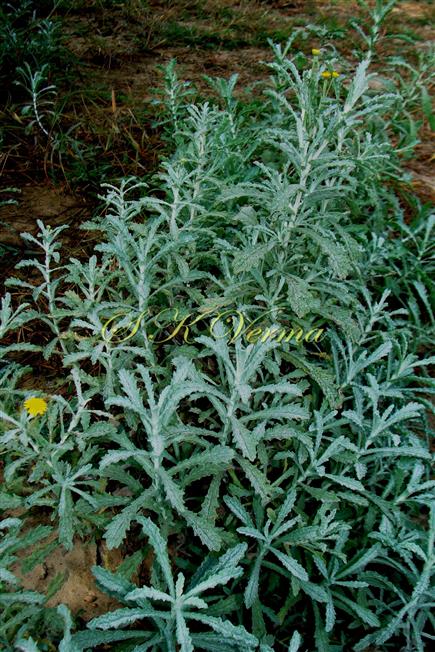
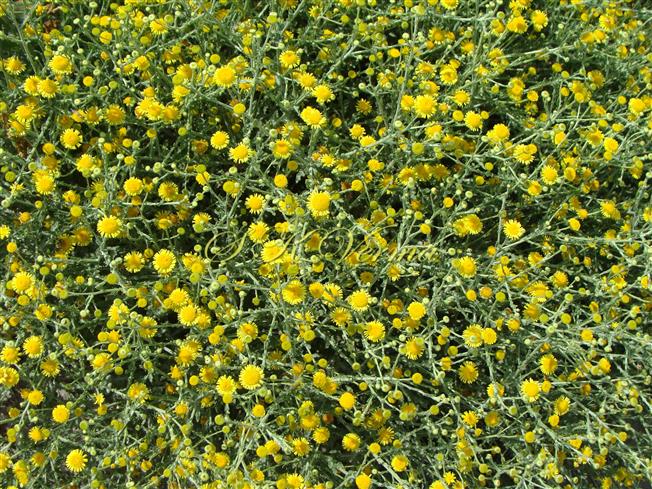
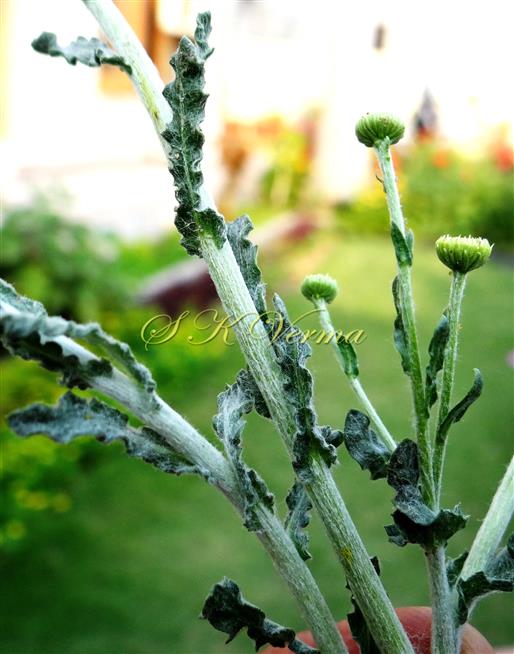
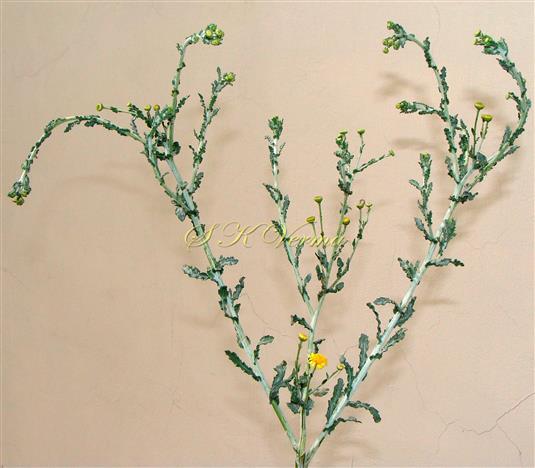
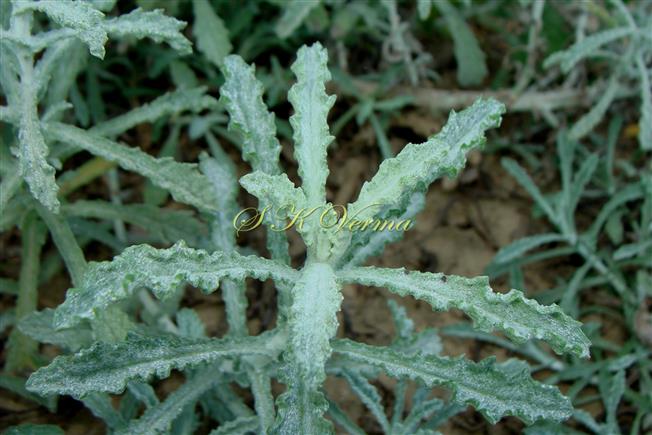
-DSC02211.jpg)
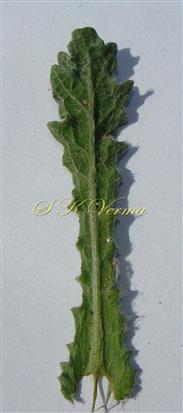
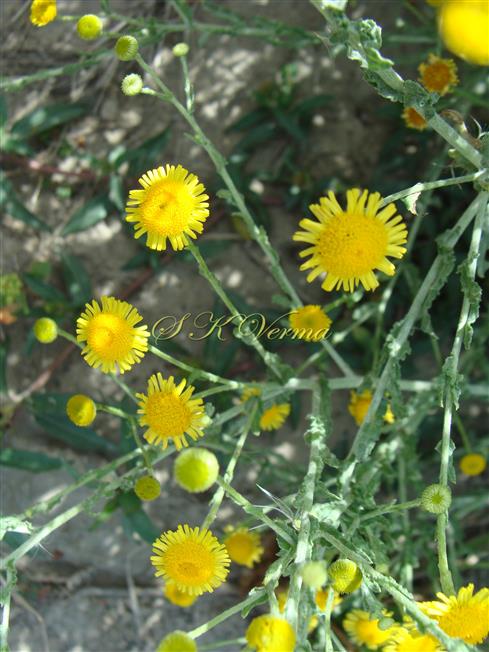
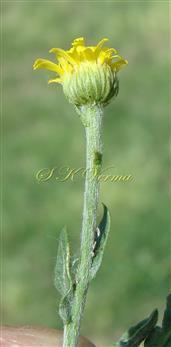
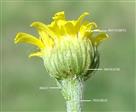
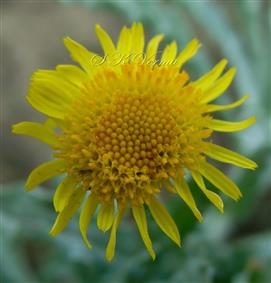








-DSC02211.jpg)





